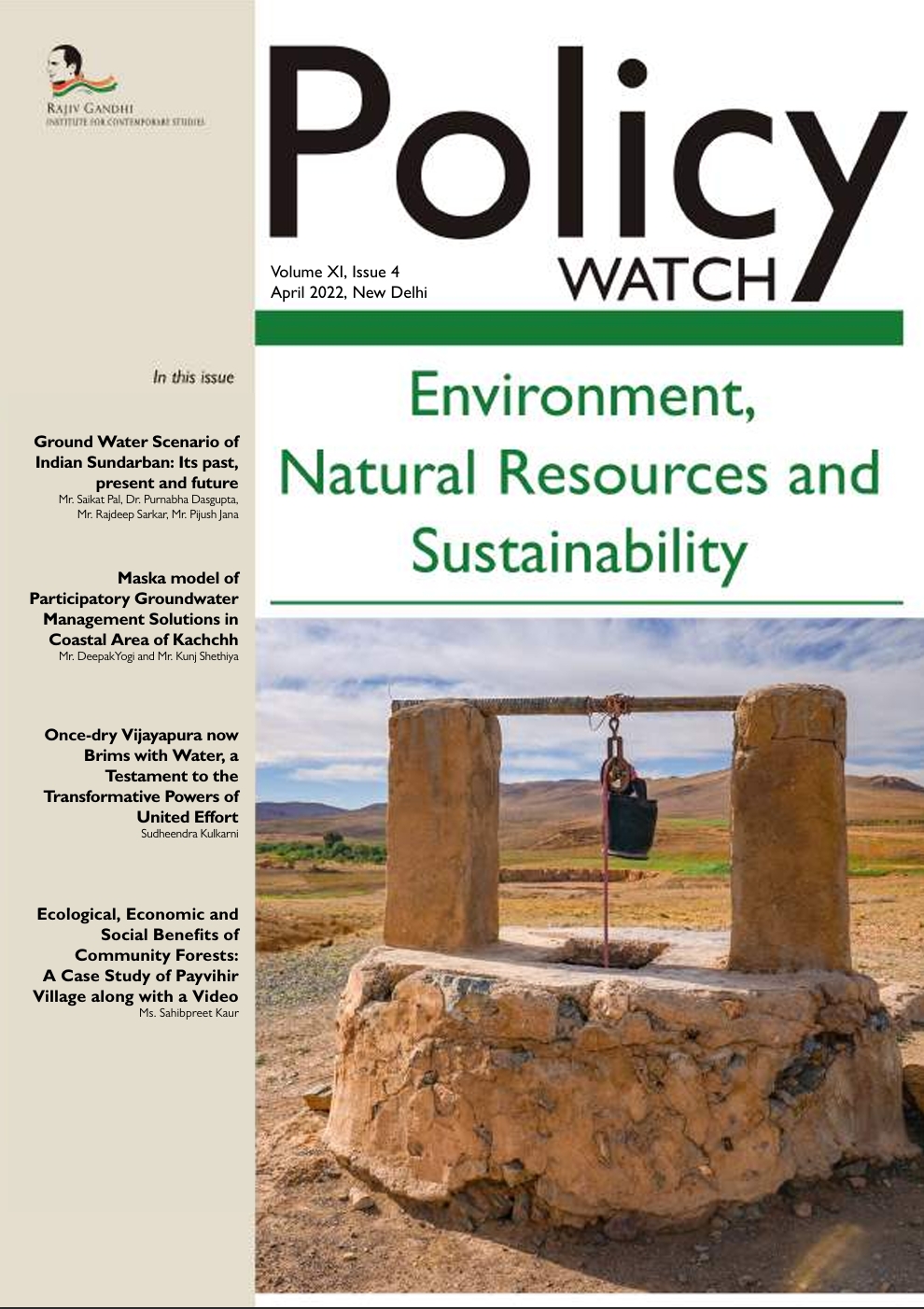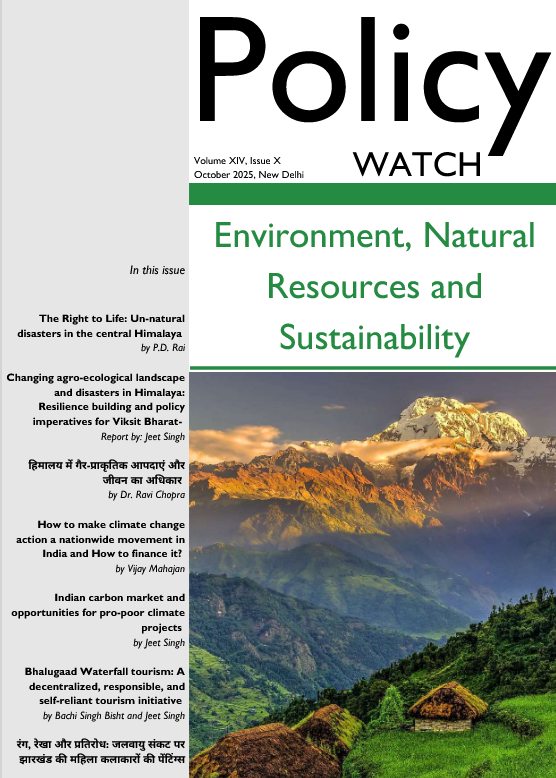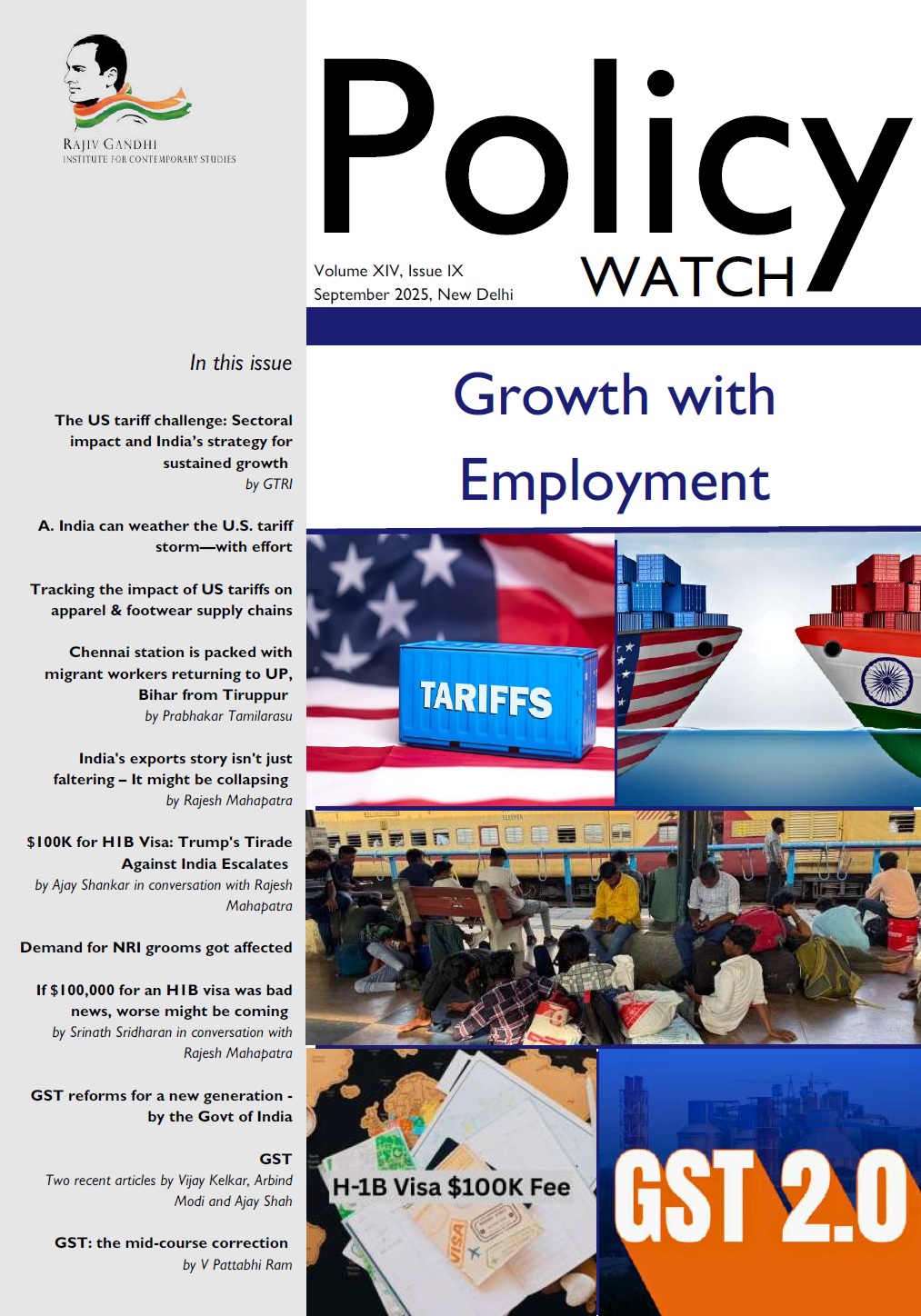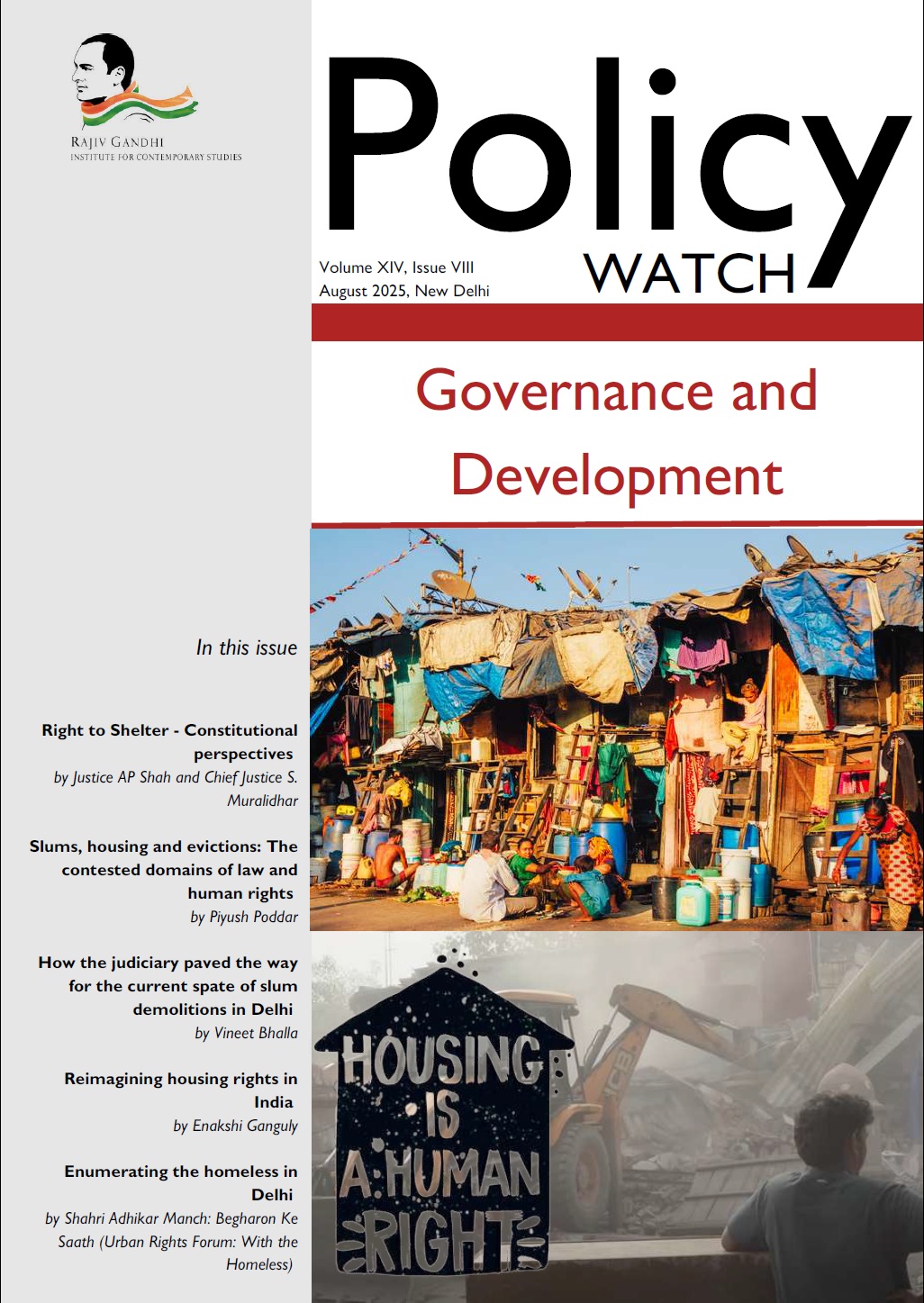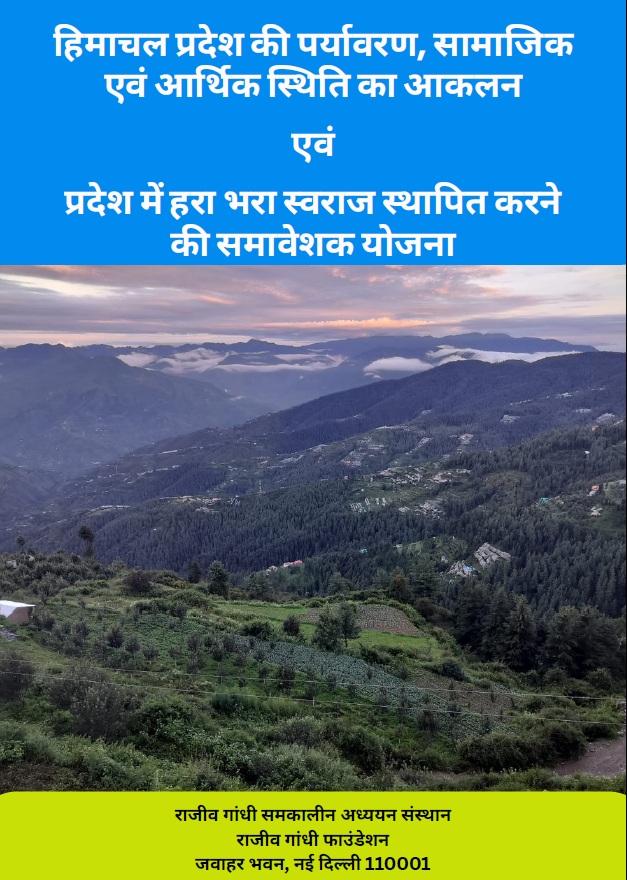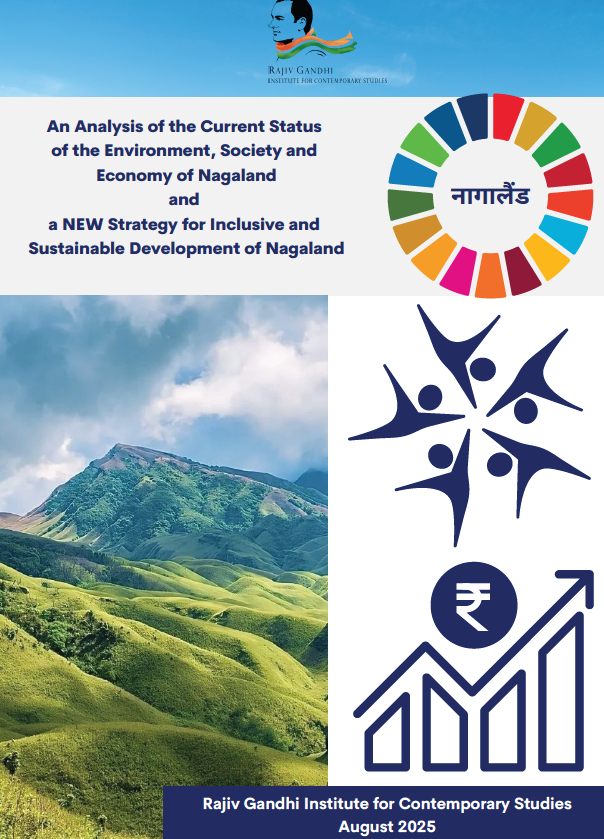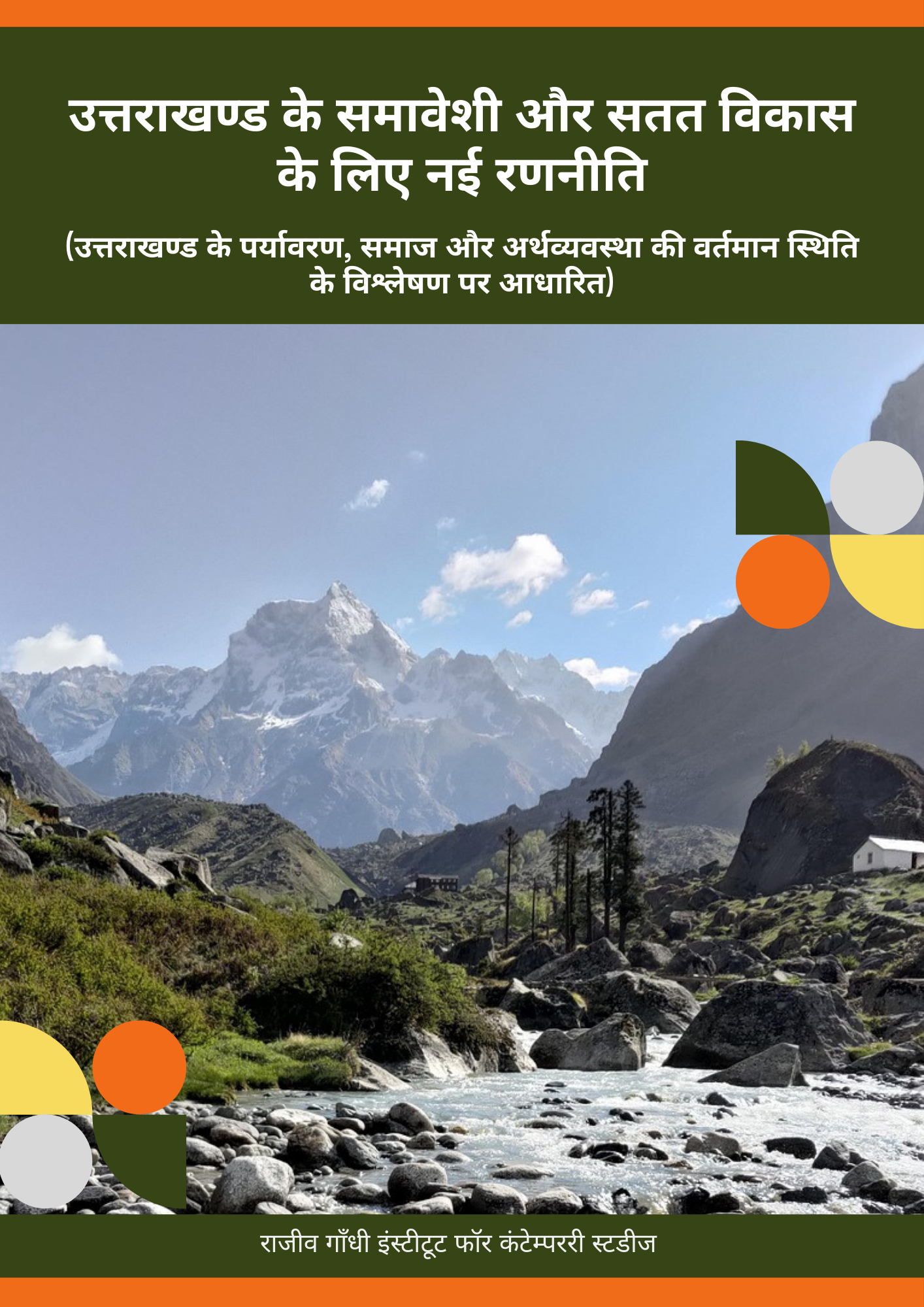This issue of Policy Watch is on the theme Environment, Natural Resources and Sustainability. Under this, we have been studying Jal, Jangal and Jameen (water, forests, and land) as the basis of livelihoods of rural and tribal people.
This issue of Policy Watch brings three different locally appropriate solutions for groundwater management from the Indian Sundarbans, Kachchh in Gujarat, and the water-stressed Vijaypura in the Deccan region of Karnataka, and one case of using community forest rights (CFR) and government schemes like MNREGS to regenerate a degraded forest and build livelihoods around it.
The first two of the cases resulted from a study currently underway by the RGICS, led by RGICS Fellow Jeet Singh, on the status of groundwater in different regions of India and the relevance of locally appropriate solutions for improving the regulatory regime for groundwater management in the country.
The first article is by a team of PRASARI NGO in West Bengal, comprising Saikat Pal, Purnabha Dasgupta, Rajdeep Sarkar and Pijush Jana, that has suggested a sustainable solution for rapidly depleting groundwater in the Indian Sundarbans and other water quality issues. This article beautifully establishes the connection between scientific study of hydrology, hydro-geology, aquifer characteristics and social processes to ensure sustainable management of groundwater.
The second article is by Deepak Yogi and Kunj Shethiya of the Development Support Centre (DSC) in Gujarat. This is a case study of a participatory groundwater management project carried out by Arid Communities and Technologies (ACT), an organization based in the coastal region of Kachchh in Gujarat. This article attempts to show the importance of blending traditional knowledge with modern science and technology for sustainable groundwater management.
The third article is by senior thinker, politician, and journalist Sudheendra Kulkarni. He describes systematically coordinated projects carried out in the drought-prone Vijayapura region by the erstwhile state government of Karnataka under the leadership of the then water resource minister M.B. Patil. Mr. Kulkarni argues that political will and people’s participation rejuvenated the drought-prone region of Karnataka, and this offers a template to re-envision in the time of climate change.
The fourth article is a case study by RGICS Research Associate Ms Sahibpreet Kaur on the Payvihir village in Amaravati district of Maharashtra. It is also accompanied by a video. Taken together, these articles powerfully illustrate two points that the RGICS has been making:
(i) that India urgently needs to invest in regenerating its natural resources – Jal, Jangal, Jameen, and
(ii) that local communities, if empowered with technical assistance and financial resources, can come up with very cost-effective, equitable, and environmentally sustainable solutions for managing the common natural resources.
Policy Watch: Environment, Natural Resources and Sustainability – April 2022
Send download link to:

